IMI Cornelius, Inc. COR10DBD1DT Manual de usuario
- Categoría
- Neveras
- Tipo
- Manual de usuario
El IMI Cornelius, Inc. COR10DBD1DT es un dispensador de cerveza de barril con un acabado cromado pulido, rieles de protección de acero inoxidable, cerraduras de puerta estándar, una parte superior de acero inoxidable resistente, un cuerpo robusto con gruesas paredes, un evaporador de aire forzado para un rápido descenso de la temperatura y un condensador de aire forzado de cobre y aluminio resistente al óxido y a los entornos salinos.
El IMI Cornelius, Inc. COR10DBD1DT es un dispensador de cerveza de barril con un acabado cromado pulido, rieles de protección de acero inoxidable, cerraduras de puerta estándar, una parte superior de acero inoxidable resistente, un cuerpo robusto con gruesas paredes, un evaporador de aire forzado para un rápido descenso de la temperatura y un condensador de aire forzado de cobre y aluminio resistente al óxido y a los entornos salinos.
























-
 1
1
-
 2
2
-
 3
3
-
 4
4
-
 5
5
-
 6
6
-
 7
7
-
 8
8
-
 9
9
-
 10
10
-
 11
11
-
 12
12
-
 13
13
-
 14
14
-
 15
15
-
 16
16
-
 17
17
-
 18
18
-
 19
19
-
 20
20
-
 21
21
-
 22
22
-
 23
23
-
 24
24
IMI Cornelius, Inc. COR10DBD1DT Manual de usuario
- Categoría
- Neveras
- Tipo
- Manual de usuario
El IMI Cornelius, Inc. COR10DBD1DT es un dispensador de cerveza de barril con un acabado cromado pulido, rieles de protección de acero inoxidable, cerraduras de puerta estándar, una parte superior de acero inoxidable resistente, un cuerpo robusto con gruesas paredes, un evaporador de aire forzado para un rápido descenso de la temperatura y un condensador de aire forzado de cobre y aluminio resistente al óxido y a los entornos salinos.
en otros idiomas
Artículos relacionados
-
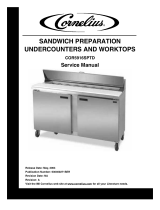 IMI Cornelius, Inc. COR5916SPTD Manual de usuario
IMI Cornelius, Inc. COR5916SPTD Manual de usuario
-
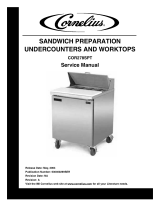 IMI Cornelius, Inc. COR278SPT Manual de usuario
IMI Cornelius, Inc. COR278SPT Manual de usuario
-
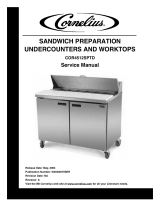 IMI Cornelius, Inc. COR4512SPTD Manual de usuario
IMI Cornelius, Inc. COR4512SPTD Manual de usuario
-
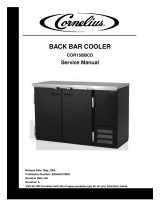 IMI Cornelius, Inc. COR15BBCD Manual de usuario
IMI Cornelius, Inc. COR15BBCD Manual de usuario
-
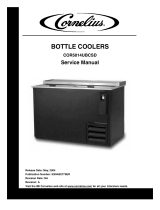 IMI Cornelius, Inc. COR5014UBCSD Manual de usuario
IMI Cornelius, Inc. COR5014UBCSD Manual de usuario
-
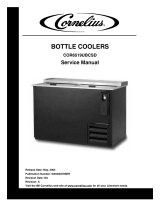 IMI Cornelius, Inc. COR6519UBCSD Manual de usuario
IMI Cornelius, Inc. COR6519UBCSD Manual de usuario
-
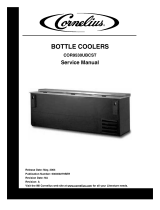 IMI Cornelius, Inc. COR9530UBCST Manual de usuario
IMI Cornelius, Inc. COR9530UBCST Manual de usuario
-
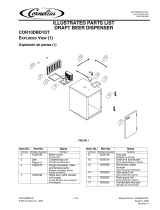 IMI Cornelius, Inc. COR10DBD1DT Manual de usuario
IMI Cornelius, Inc. COR10DBD1DT Manual de usuario
-
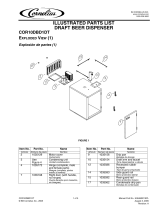 IMI Cornelius, Inc. COR10DBD1DT Manual de usuario
IMI Cornelius, Inc. COR10DBD1DT Manual de usuario
-
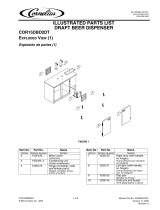 IMI Cornelius, Inc. COR15DBD2DT Manual de usuario
IMI Cornelius, Inc. COR15DBD2DT Manual de usuario



































